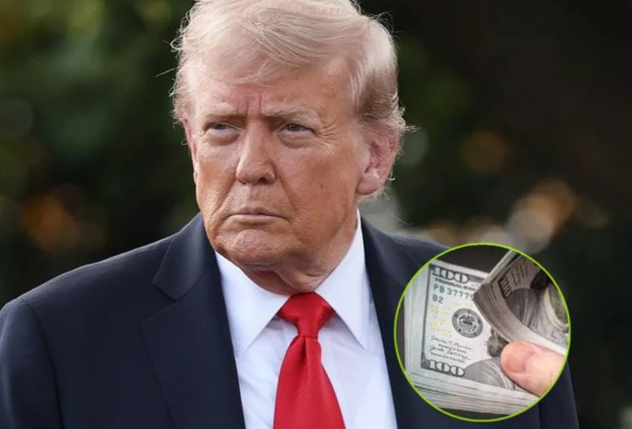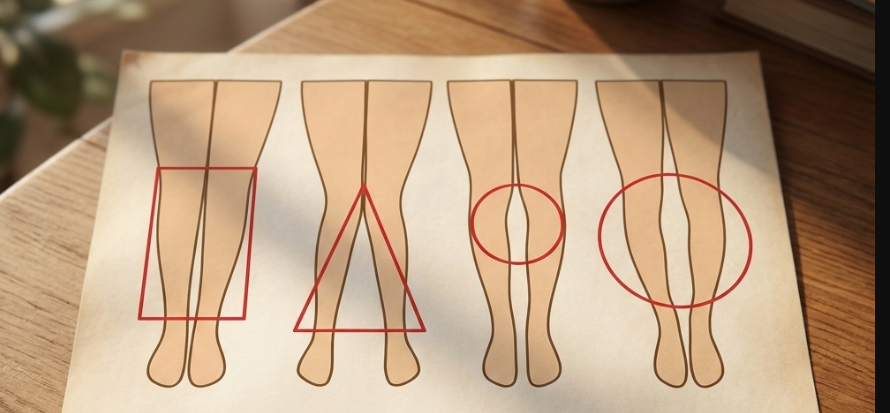President Donald Trump recently shared details about a bold economic initiative designed to place $2,000 directly into the hands of millions of American citizens. The president has consistently highlighted the strength of tariff-generated revenue as the foundation for this substantial payment, describing it as a dividend that would reward families across the country while excluding individuals in the highest income brackets.
In a detailed Truth Social post published last week, President Trump expressed strong confidence in his trade strategy and its benefits for the nation: “People that are against Tariffs are FOOLS! With Almost No Inflation, and A Record Stock Market Price. 401k’s are Highest EVER. We are taking in Trillions of Dollars and will soon start paying down our ENORMOUS DEBT, $37 Trillion. Record Investment in the USA, plants and factories going up all over the place.”
He followed that statement with the direct announcement of the planned dividend: “A dividend of at least $2000 a person (not including high income people!) will be paid to everyone.”
The president’s message generated immediate interest nationwide, as families began considering how an additional $2,000 payment could support household budgets, education expenses, home improvements, or retirement savings. While the post emphasized the scale and intent of the program, it left open several important questions about exact timing and specific eligibility rules.
Analysts and policy experts quickly began examining the practical steps required to turn the proposal into reality. Financial estimates indicate that distributing $2,000 to qualifying adults could require federal expenditure ranging from $300 billion to $513 billion, depending on factors such as whether the payment extends to children, the precise income threshold for exclusion, and overall program design.
Economist Erica York provided helpful context in her analysis: “If the cutoff is $100,000, approximately 150 million adults would qualify, resulting in a program cost near $300 billion. Current tariff collections have generated around $90 billion in net additional revenue, creating a notable gap when compared to a $300 billion distribution goal.”
Another key element under review involves the legal framework supporting the tariffs that would finance the payments. The Supreme Court recently heard oral arguments in a significant case examining the administration’s authority to impose certain tariffs through emergency powers. Three federal appeals courts have already issued rulings declaring that specific approach exceeds statutory limits. A final decision unfavorable to the tariff mechanism would eliminate the primary revenue source earmarked for the citizen dividend.
During a conversation with reporters aboard Air Force One, President Trump offered an updated timeline, pointing to 2026 as the likely year for distribution. “It will be next year… The tariffs allow us to give a dividend. We’re going to do a dividend and we’re also going to be reducing debt,” he explained, according to reporting by The New York Post.
Treasury Secretary Scott Bessent reinforced the need for thorough preparation in a Fox Business interview, stating: “We will see. We need legislation for that.” His comments underscore the importance of congressional action to authorize both the funding structure and the distribution process.
Throughout his time in public service, President Trump has introduced numerous large-scale economic ideas aimed at strengthening American households and businesses. Many citizens appreciate the focus on returning trade-related gains directly to families rather than keeping all revenue within government coffers.
The prospect of receiving a $2,000 payment resonates strongly because it represents a tangible, personal benefit that arrives in bank accounts or mailboxes. Unlike broader policy goals that unfold gradually, a direct financial transfer creates a clear and memorable connection between government action and individual well-being.
As budget discussions move forward in Congress and administration officials continue refining the details, millions of Americans remain attentive to updates on eligibility, application procedures, and the eventual disbursement schedule. The initiative has already sparked constructive dialogue about innovative ways to share prosperity generated by international trade policies.
In the months ahead, lawmakers, economists, and administration leaders will work collaboratively to address funding requirements, legal considerations, and administrative logistics. The proposal stands as a prominent example of efforts to ensure that economic growth translates into meaningful support for families in every corner of the country.
Whether the payments begin arriving in 2026 or follow a slightly adjusted calendar, the concept of a tariff-funded citizen dividend has captured widespread attention and continues to shape conversations about America’s economic future.






